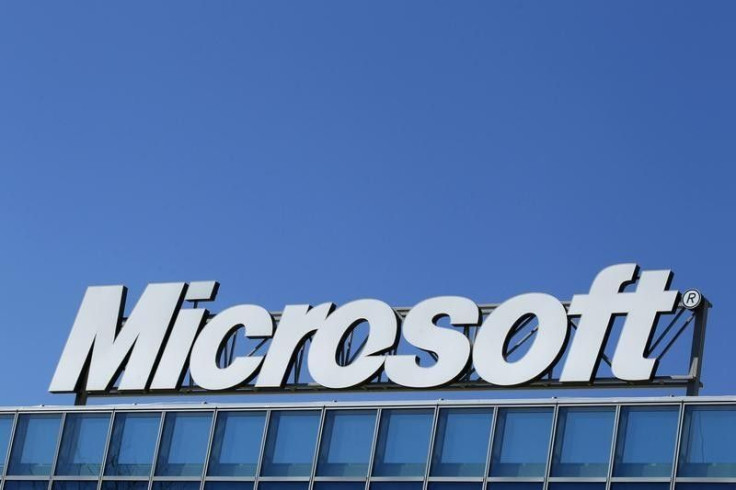Two Microsoft Windows 10 Features Introduced: Continuum To Convert Phones Into Desktops And Ability To Port iOS/Android Apps To Windows Apps

Microsoft Windows 10 features have been the talk of the ahead of the impending release. According to the latest news, the tech giant has apparently introduced the single platform/multiple form factor aspect for Windows 10. This means, the users will be able to utilise the smartphone as a desktop computer via “Continuum.”
In case readers are wondering how is Windows 10 “Continuum” any different from Apple’s “Continuity?” Tech Crunch says, Apple’s Continuity makes switching between smartphones, tablets and PCs seamless, while Microsoft’s Continuum will apparently make the phone adapt its interface based on the context of usage. Microsoft reportedly explained this concept via an on-stage demo. Joe Belfiore apparently connected a handset to a monitor, along with a keyboard and mouse. Immediately, the UI adapted to the new inputs and outputs, notes Tech Crunch.
As an example, with Windows 10 Continuum on board, instead of making minor changes to a presentation via a small 5-inch display clad smartphone, users can connect the handset to an HDMI-compatible monitor. Thereby, all the editing tools and services can be used to alter the presentation in a full PC mode.
Meanwhile, Microsoft also pointed out that the Continuum aspect works wonder especially when the apps are dynamic i.e. built to scale based on the form factor. Therefore, it is only a matter of time before seeing this killer feature in the upcoming Windows 10. However, Tech Crunch also remarked that, the current-generation phone hardware “isn’t built to deliver full-on desktop interfaces.” But in any case, Belfiore reportedly said, “the feature [Continuum] will run on future devices.” This is reason enough to believe that Microsoft has huge plans for Continuum and this could be a potential selling point for the tech giant especially when it comes to the upcoming Lumia devices.
On the other hand, The Verge says, Apple iOS and Google Android developers will be able to port their apps and games straightaway to Windows universal apps. Apparently, Microsoft has come up with two new software development kits to enable this feature. As far as the Android side of development is concerned, the tech giant will allow developers to use Java and C++ code on Windows 10. Meanwhile, the iOS developers will be allowed to use the existing Objective C code. Microsoft’s Terry Myerson apparently told The Verge that, "We want to enable developers to leverage their current code and current skills to start building those Windows applications in the Store, and to be able to extend those applications."
To report problems or to leave feedback about this article, e-mail: p.rathinavel@ibtimes.com.au.




















